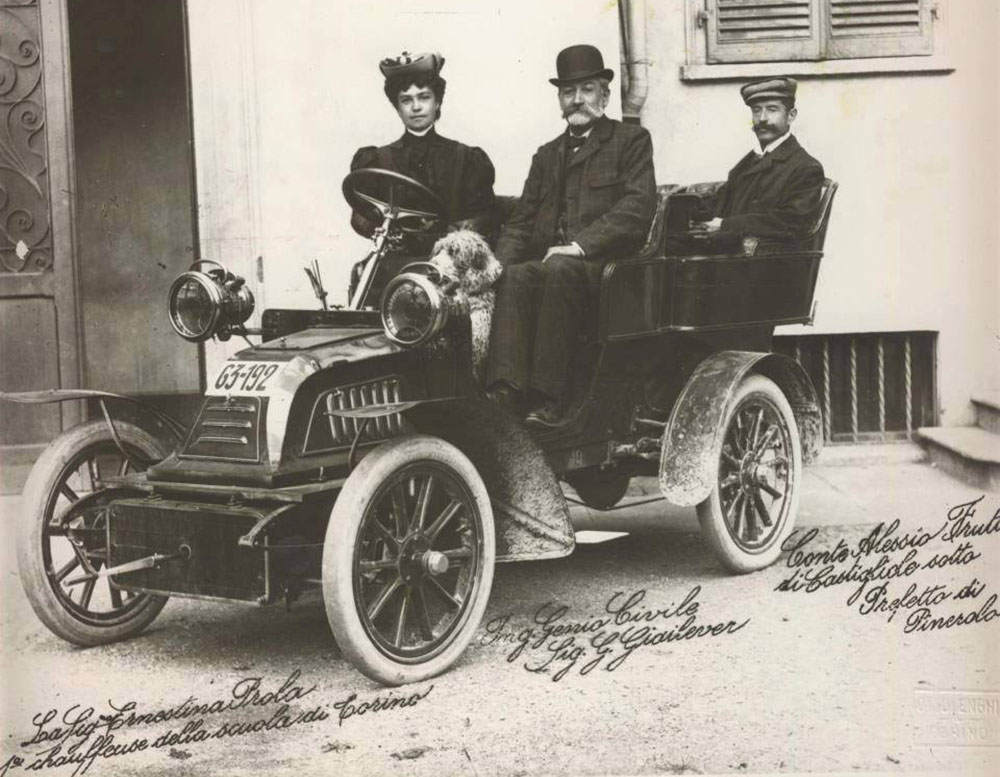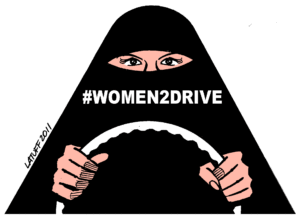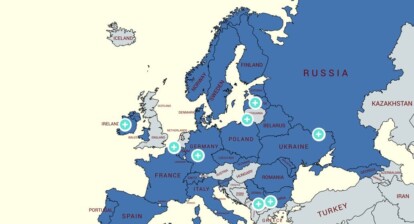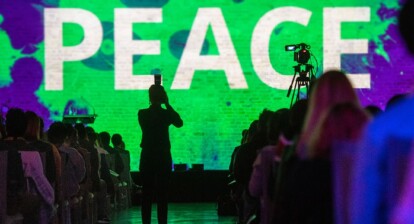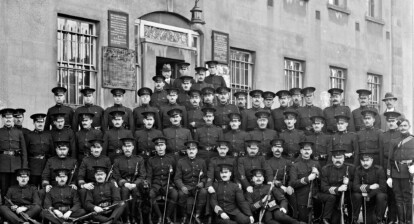Imagine you cannot go anywhere without supervision. If someone else decides for you where you can go and where you cannot go and thus, which activities you can participate in. This was the reality for women in Europe 100 years ago: Women weren’t allowed to vote, to freely choose their work or even to drive. Camilla tells the story of the first Italian woman to get a driving licence in 1907. Meet Ernestina Macchia Prola.
How easy and common is it for all of us nowadays to just jump on our car, turn on the engine and move around? May it be for the everyday home-work routine or to leave for a new on-the-road adventure, we are so used to this to forget that only a century ago, society would not have accepted so openly that women would be allowed to take the driver’s seat and man the vehicle themselves.
Driving Change in a World Resistant to Women Behind the Wheel
And even nowadays, driving is not granted to women worldwide. Saudi Arabia comes to mind at this point, but there are other places where women are considered incapable of driving a vehicle themselves (Update: In summer 2018 Saudi Arabia lifted its ban and women are now allowed to apply for driving licences). The same consideration dominated the European continent a hundred years ago, but with a little difference.
It wasn’t just that women, being considered to be inferior, were denied the right to drive, but nobody even entertained the idea of them being given the same chance to drive that men had had all along. It was not just a matter of taking the wheel themselves, but also a general conception of independence and self-determinacy: they were denied the right to travel and live on their own, to work, even to vote. Driving a car was thought to be something completely unusual and impractical, an unnecessary eccentricity for the typical mother and wife – the two roles that defined and sanctioned a woman’s existence in society.
For this reason, the person we are focusing on has to be considered a change-maker, for not only was she the first woman to obtain a driving license in Italy, but she also paved the way for Italian women in general to be allowed to do so.
Her name was Ernestina Luisa Macchia Prola (1876-1954) and I feel proud to say that she was from my hometown, Turin. At the time, Turin was an extremely developed industrial hub for automobile production and Ernestina, living in the city center and being the wife of a mechanical engineer, got the chance to get familiar with such an environment.
Italy, 1907: A Driving Licence for Ernestina Luisa Macchia Prola
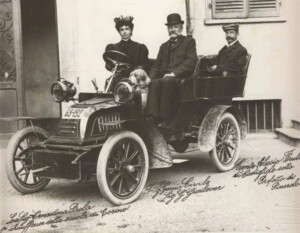
Ernestina Prola in her car, 1910. Source: http://www.thelightcanvas.com/ernestina-prola-la-prima-italiana-con-la-patente/
Such gestures of emancipation for women were not easy in the Italian society of the time. Family Law, established in 1865 with the Codex Pisanelli, was based on complete male supremacy. It excluded women from taking any legal or commercial decision without the husband or father’s consent. The same was true in Labor Law. The Women’s Labor Act (1902) actually limited women’s rights once again: it excluded women from works considered as “incompatible with female attitudes” (such as machines activation, or those requiring strong manipulation, the conduction of vehicles or the transportation of goods over long distances), with the intent of pushing women back to what was considered their “natural environment”, the house. Additionally, this legal provision equaled the female workers aged 16-21, both in terms of abilities and salaries, to male workers aged 15.
Educational Barriers
The Italian women graduating from high schools and Universities had to face the same difficulties. Famous is the case of Lidia Pöet. After taking a Law Degree in 1881, she applied and was admitted to the Bar Association, but the admission was then revoked with a judiciary decision in 1883. Concerning political rights, the first legal proposal introducing the female suffrage was presented in 1867, but refused by the Chamber of Deputies.
In such scenario of inequality between the two sexes, the result obtained by Ernestina definitely broke a scheme when she applied for a driving license in June 1907, some 20 years after Bertha Benz, the first woman worldwide to obtain a driving license and to drive on a long distance journey in 1888.
Thanks to the progressive environment of the industrial Turin, she got it issued without long fights and could drive the very first motor vehicles, most often produced by the local car factories. She was often photographed on such vehicles, while driving, and she was awarded with the title “Chauffeuse of the Turin Automobile Club”.
Only two years after that, in 1909, the North American Alice Ramsey embarked on a 3800 km cost-to-cost trip in the USA and by 1910, 5% of women in Europe and North America already had a driving license. The importance of this achievement becomes even more evident if we consider that at the time, European women did not have the right to vote at that time, with few exceptions: In Finland allowed women to vote in 1907, but in most countries, among which was Italy, women were allowed an access to the polls only after the end of World War II.
Taking the Wheel: Driving as a Gateway to Voting Rights?
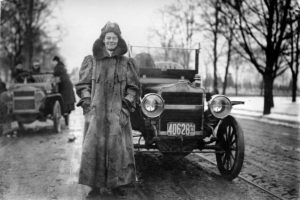
Alice Huyler Ramsey, standing beside her auto ca. 1908. Source: Wikimedia Commons
The independence of driving, which can be linked to the independence of moving and travelling, seems to always pave the way for the biggest conquests in the fight for gender equality. During WWI, many jobs left by men recalled to the front were taken by women, both in the agricultural and industrial field. In Italy, ministerial circulars allowed the use of female labor up to 80% of staff in mechanical and military factories, on the contrary to the Labor Act of 1902. The progresses in the emancipation continued also after War times. The most significant result was the abolition of the marital consent in 1919. The process continued even during WWII, when many women were involved in the Resistance against Fascism), until 1945, when women finally got the right to vote.
This link between achieving the freedom of driving and moving around the female emancipation can also be observed in our present day. The fight for access to a driving license represents a key theme in the Saudi women’s fight for emancipation, since they risk being imprisoned every time they drive their own cars.
The way to gender equality is never easy. For all the achievements concerning gender equality that have been made, we should thank women like Ernestina, who broke the schemes and gained abilities that were formerly only owned by men.

